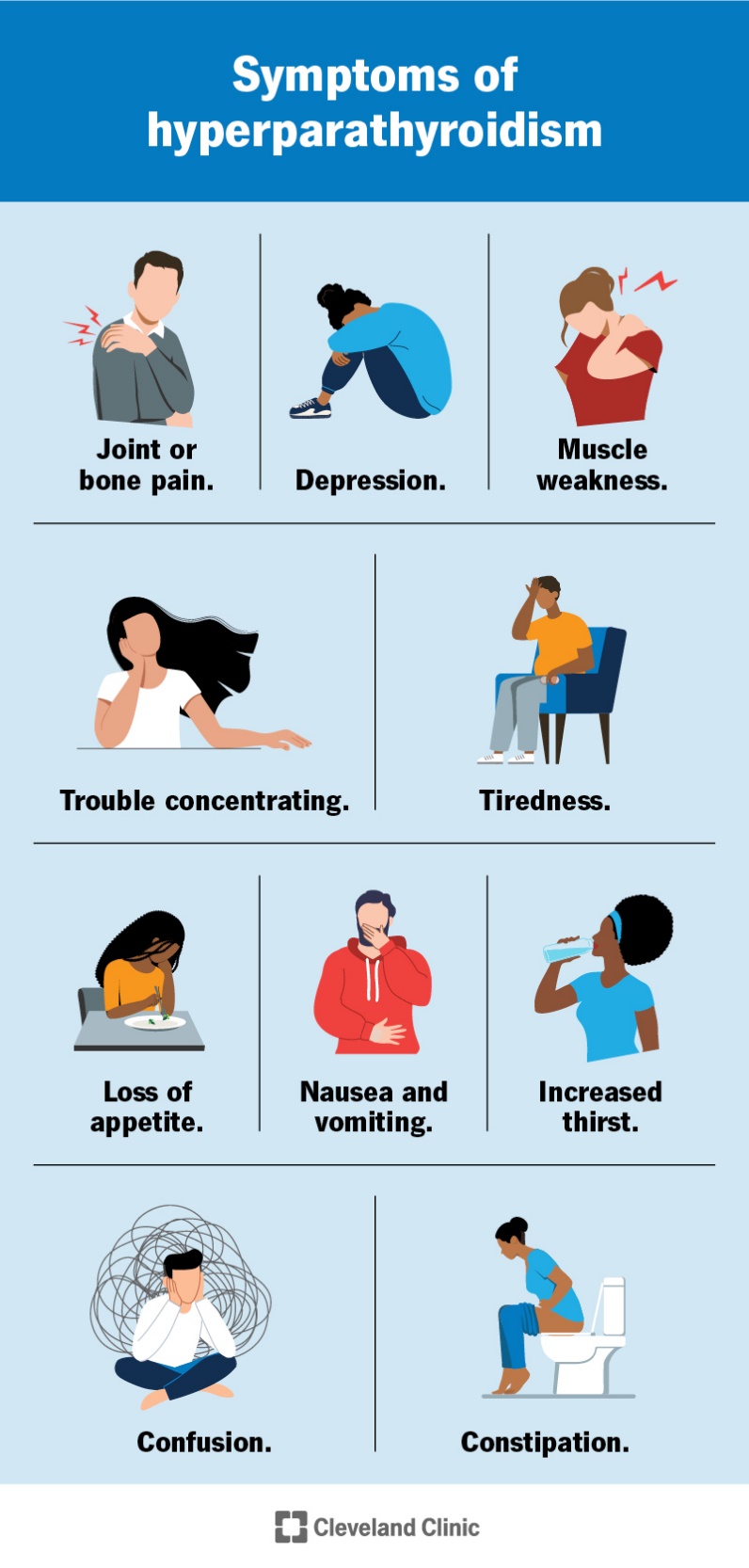A 45-year-old male patient presents with complaints of severe headaches, visual disturbances, and joint pain. Upon further investigation, he is diagnosed with hyperpituitarism. Which of the following is the most likely underlying cause of his symptoms?
Adrenal hyperplasia
Pituitary adenoma
Thyroid carcinoma
Hypothalamic dysfunction
The Correct Answer is B
Choice A Reason:
Adrenal hyperplasia involves the enlargement of the adrenal glands, which can lead to an overproduction of adrenal hormones. However, it does not directly cause hyperpituitarism. Hyperpituitarism is related to the overactivity of the pituitary gland, not the adrenal glands.
Choice B Reason:
Pituitary adenoma is the most common cause of hyperpituitarism. These benign tumors in the pituitary gland lead to the overproduction of one or more pituitary hormones, causing symptoms such as severe headaches, visual disturbances, and joint pain. The pituitary gland’s overactivity due to the adenoma results in the excessive release of hormones, which can affect various bodily functions.
Choice C Reason:
Thyroid carcinoma is a type of cancer that affects the thyroid gland While it can cause hormonal imbalances, it does not typically lead to hyperpituitarism. The symptoms described are more consistent with a pituitary-related issue rather than a thyroid condition.
Choice D Reason:
Hypothalamic dysfunction can affect the pituitary gland’s function since the hypothalamus regulates pituitary hormone release. However, it is less likely to be the primary cause of hyperpituitarism compared to a pituitary adenoma. The direct overproduction of hormones by the pituitary gland is more commonly due to an adenoma.
Nursing Test Bank
Naxlex Comprehensive Predictor Exams
Related Questions
Correct Answer is A
Explanation
Choice A Reason:
An adenoma of the parathyroid gland is the most common cause of primary hyperparathyroidism. This benign tumor leads to the overproduction of parathyroid hormone (PTH), which in turn causes elevated calcium levels in the blood. The excessive PTH secretion disrupts the normal calcium balance, leading to symptoms such as fatigue, muscle weakness, and depression. Parathyroid adenomas account for approximately 80% of primary hyperparathyroidism cases.
Choice B Reason:
Thyroid carcinoma is a type of cancer that originates in the thyroid gland, not the parathyroid glands. While thyroid carcinoma can cause various symptoms, it does not typically lead to elevated PTH levels or hyperparathyroidism. Therefore, it is not the most likely cause of the patient’s condition.
Choice C Reason:
Vitamin D deficiency can lead to secondary hyperparathyroidism, where low levels of vitamin D cause decreased calcium absorption, prompting the parathyroid glands to produce more PTH to maintain calcium levels. However, this condition is usually associated with low or normal calcium levels, not elevated calcium levels as seen in this patient. Therefore, it is not the most likely cause of her hyperparathyroidism.
Choice D Reason:
Chronic kidney disease (CKD) can also cause secondary hyperparathyroidism due to impaired kidney function, which affects calcium and phosphate balance and vitamin D metabolism. However, similar to vitamin D deficiency, CKD-related hyperparathyroidism typically presents with low or normal calcium levels rather than elevated levels. Thus, it is not the most likely cause in this scenario.

Correct Answer is C
Explanation
Choice A Reason:
Methimazole is an antithyroid medication that inhibits the synthesis of thyroid hormones. It is commonly used to manage hyperthyroidism, especially in patients who are not candidates for radioactive iodine therapy or surgery. Methimazole is effective in reducing thyroid hormone levels and controlling symptoms, but it requires long-term use and regular monitoring of thyroid function tests.
Choice B Reason:
Levothyroxine is a synthetic form of thyroxine (T4) used to treat hypothyroidism, not hyperthyroidism. Administering levothyroxine to a patient with hyperthyroidism would exacerbate the condition by increasing thyroid hormone levels. Therefore, it is not an appropriate treatment for managing hyperthyroidism.
Choice C Reason:
Radioactive iodine is a widely used treatment for hyperthyroidism. It works by destroying overactive thyroid cells, thereby reducing the production of thyroid hormones. This treatment is particularly effective for patients with Graves’ disease, toxic multinodular goiter, or toxic adenoma. Radioactive iodine is a definitive treatment that can lead to a permanent resolution of hyperthyroidism, although it may result in hypothyroidism, which can be managed with levothyroxine.
Choice D Reason:
Propranolol is a beta-blocker that helps manage the symptoms of hyperthyroidism, such as palpitations, tremors, and anxiety. While it is useful for symptomatic relief, it does not address the underlying cause of hyperthyroidism. Propranolol is often used in conjunction with other treatments, such as antithyroid medications or radioactive iodine, to provide immediate symptom control.
Whether you are a student looking to ace your exams or a practicing nurse seeking to enhance your expertise , our nursing education contents will empower you with the confidence and competence to make a difference in the lives of patients and become a respected leader in the healthcare field.
Visit Naxlex, invest in your future and unlock endless possibilities with our unparalleled nursing education contents today
Report Wrong Answer on the Current Question
Do you disagree with the answer? If yes, what is your expected answer? Explain.
Kindly be descriptive with the issue you are facing.
